Matlab and Data Analysis
The participants will learn the basics of programming and in particular how to use Matlab for universal data analysis. It is a course for beginners. The aim is that participants without prior programming knowledge learn how to use Matlab for fully automated data analysis, statistical evaluation and presentation of results. Prerequisites: Basic computer skills. Programming […]
Mathematical Optimisation
This course explores topics closely related to one or more goals of the United Nations 2030 Agenda for Sustainable Development (SDGs). Subjects: The scope of integer and combinatorial optimization, Linear programming, Network flow problems, Integer Programming, Combinatorial optimization, Heuristic algorithms, Relaxation techniques, Dynamic programming, Introducing python and Gurobi for optimisation. Goals: capability of formulating a […]
Coding Theory
Contents: – basic concepts in coding theory – algebraic methods for the construction of error correcting codes – Hamming codes – Linear codes – Binary Golay codes – Cyclic codes Prerequisits: mathematical background (groups, vector spaces, finite fields)
Data Programing
The rigorous “Data Programming” course teaches students how to use the tidyverse approach to efficiently analyze data using the R programming language. This method is renowned for being effective in the manipulation and analysis of data. Students will gain proficiency with the tidyverse package suite during the course, with an emphasis on modeling, data manipulation, […]
Algebraic Graph Theory
Main part of the course is the study of symmetries of graphs, and in particular graph families having high degree of symmetry such as vertex-transitive graphs, edge-transitive graphs, arc-transitive graphs and Cayley graphs. The method for counting the number of non-isomorphic graphs with a given number of vertices will be explained. Four standard graph products […]














